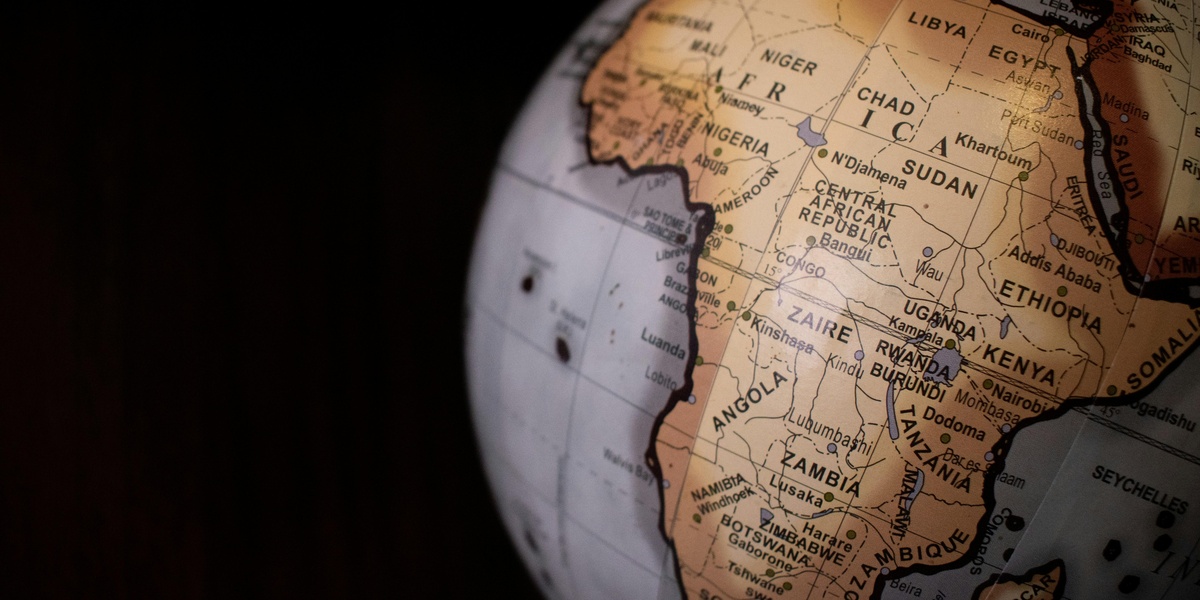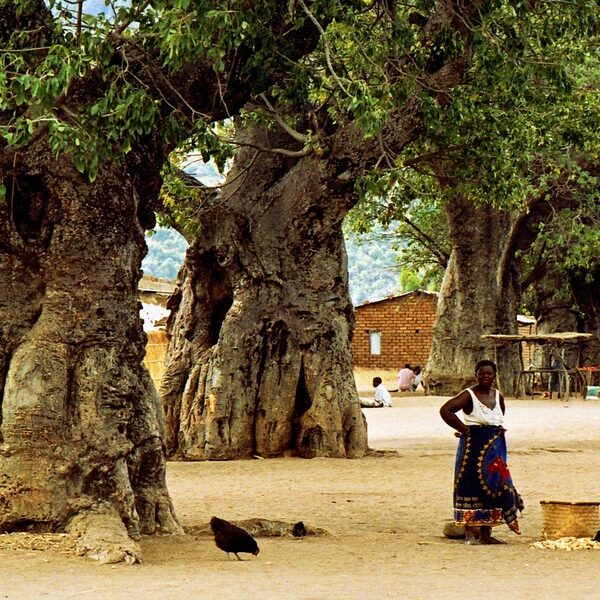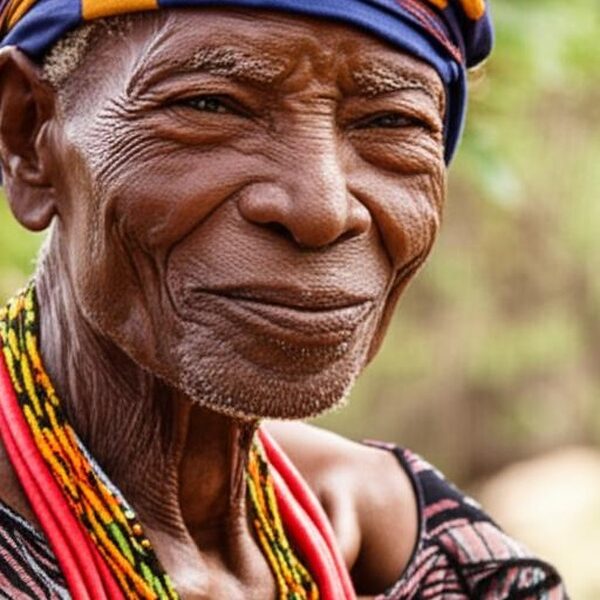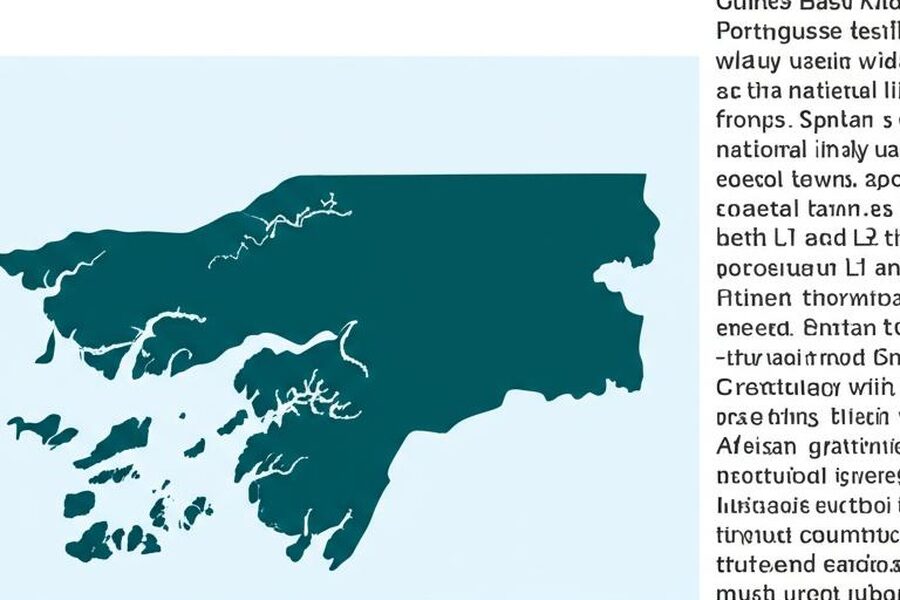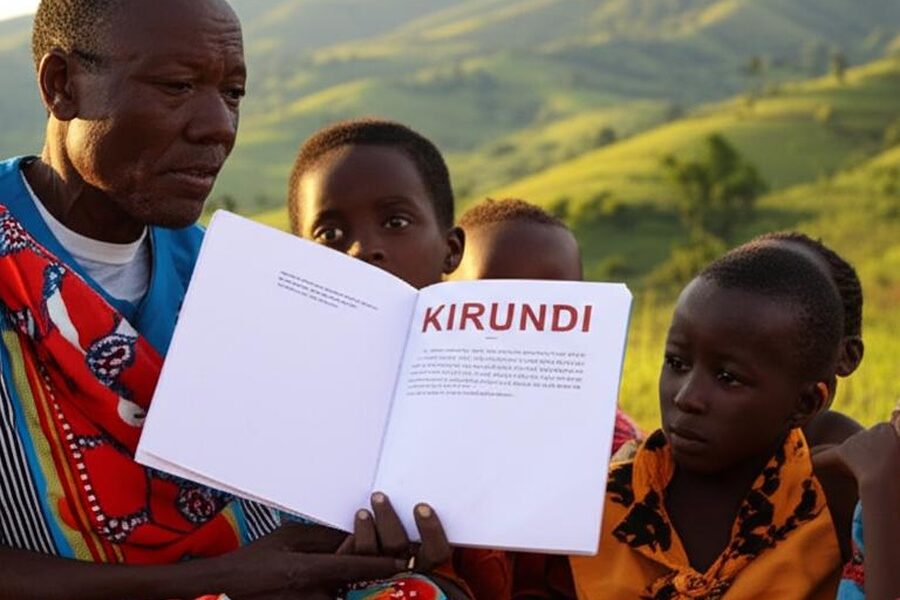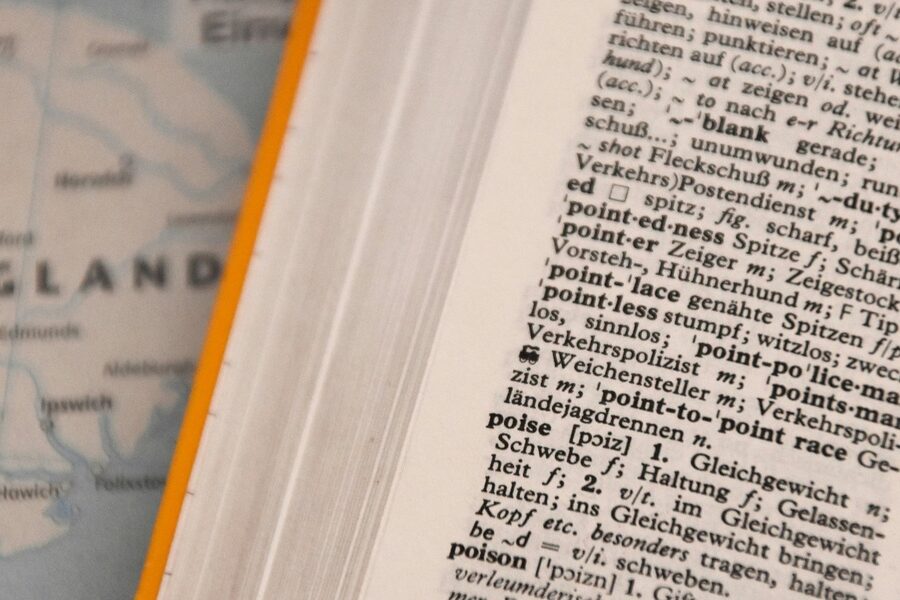The Central African Republic (CAR) is a land rich in cultural heritage, and this diversity is nowhere more evident than in its linguistic landscape. Situated at a pivotal point on the continent, the nation is a fascinating mosaic of interconnected language families and local expressions.
Exploring this vibrant linguistic tapestry, you’ll find a comprehensive list of 20 Dialects in Central African Republic, ranging from Aka to Zande. Each entry provides clear insights into its Linguistic Family, Primary Region, and Estimated Speakers, all organized for your convenience below.
What is the most widely spoken language or dialect in the Central African Republic?
While many local dialects thrive, Sango holds significant importance as the primary lingua franca and national language of the Central African Republic, alongside French. It’s widely understood and spoken across different ethnic groups, facilitating communication and bridging the variety of specific dialects found throughout the country.
Why is there such a rich diversity of dialects in the CAR?
The extensive variety of Dialects in Central African Republic stems largely from its geographical position and historical migrations. The country lies at the intersection of several major African language families, including Ubangian, Bantu, and Nilo-Saharan. Over centuries, different ethnic groups have settled and interacted in the region, each contributing their unique linguistic heritage to the nation’s diverse spoken word.
Dialects in Central African Republic
| Dialect Name | Linguistic Family | Primary Region | Estimated Speakers |
|---|---|---|---|
| Manza | Ubangian | Kémo & Ouham Prefectures | 250,000 |
| Mbandja | Ubangian | Basse-Kotto & Ouaka Prefectures | 200,000 |
| Banda-Banda | Ubangian | Kémo, Nana-Grébizi, & Ouaka Prefectures | 150,000 |
| Kari | Adamawa | Ouham-Pendé Prefecture | 100,000 |
| Ngbaka-Ma’bo | Ubangian | Lobaye & Ombella-M’Poko Prefectures | 100,000 |
| Gbanu | Ubangian | Ouham Prefecture | 95,000 |
| Kaba | Central Sudanic | Ouham Prefecture | 80,000 |
| Mbati | Bantu | Lobaye Prefecture | 60,000 |
| Zande | Ubangian | Haut-Mbomou Prefecture | 60,000 |
| Linda | Ubangian | Ouaka Prefecture | 50,000 |
| Gbaya-Bozoum | Ubangian | Ouham-Pendé Prefecture | 35,000 |
| Mbum | Adamawa | Nana-Mambéré Prefecture | 30,000 |
| Aka | Bantu | Lobaye & Sangha-Mbaéré Prefectures | 30,000 |
| Mpiemo | Bantu | Sangha-Mbaéré Prefecture | 25,000 |
| Bofi | Ubangian | Lobaye & Ombella-M’Poko Prefectures | 23,500 |
| Kako | Bantu | Mambéré-Kadéï Prefecture | 15,000 |
| Gula | Central Sudanic | Vakaga Prefecture | 15,000 |
| Yakoma | Ubangian | Mbomou Prefecture | 10,000 |
| Yulu | Central Sudanic | Haute-Kotto Prefecture | 7,000 |
| Kara | Central Sudanic | Vakaga Prefecture | 5,000 |
Images and Descriptions
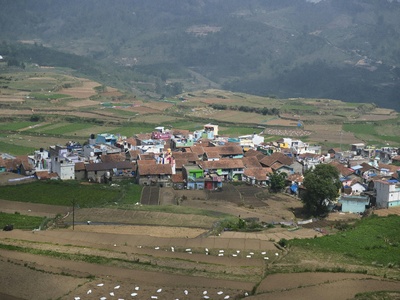
Manza
A major language of central CAR, often heard in local markets and community life alongside the national language, Sango.
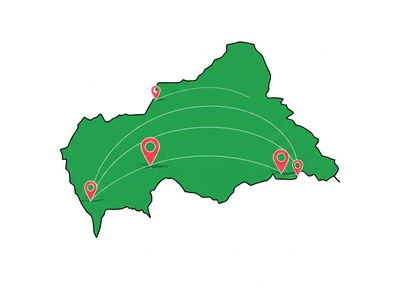
Mbandja
One of the most widely spoken Banda languages, vital for communication and trade across the country’s central and southern regions.
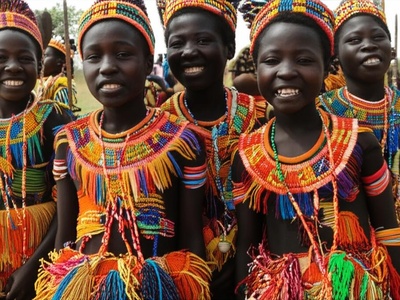
Banda-Banda
Considered a central variant of the diverse Banda language group, it’s a cornerstone of the cultural identity in the heart of the nation.

Kari
Spoken in the northwest, the Kari language is a key marker of identity for one of CAR’s significant ethnic groups near the Chadian border.
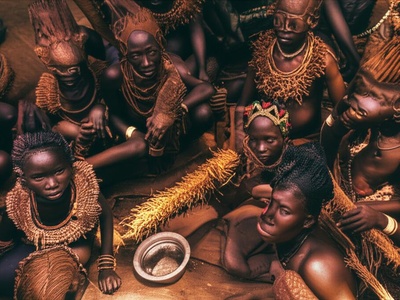
Ngbaka-Ma’bo
Spoken by the Ngbaka people in the southwest, this language is known for its rich oral traditions and folklore.
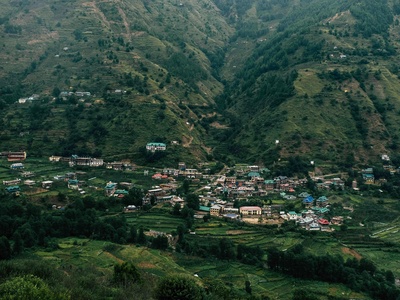
Gbanu
Part of the vast Gbaya language family, Gbanu is the everyday language for many communities in the fertile lands north of the capital, Bangui.

Kaba
A major Sara language spoken in northern CAR, it plays an important role in the agricultural communities near the Chadian border.
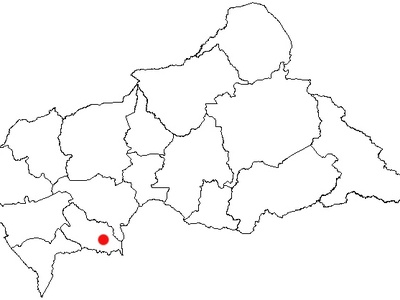
Mbati
A Bantu language of the southern forest region, essential for local commerce and community life in the area south of the capital.
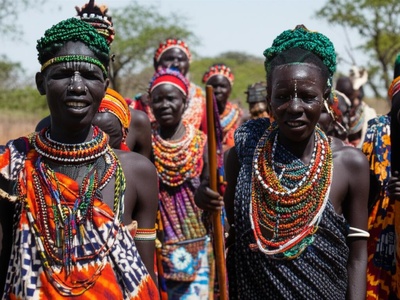
Zande
Spoken in the far southeast, this language connects the Zande people of CAR with their relatives in the Democratic Republic of Congo and South Sudan.
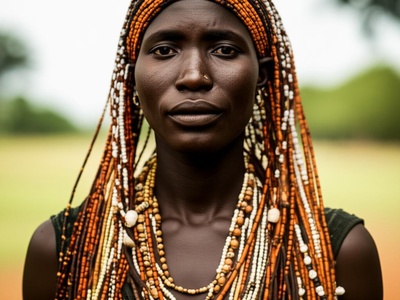
Linda
A central Banda language spoken around the towns of Ippy and Bambari, with its own distinct cultural expressions.
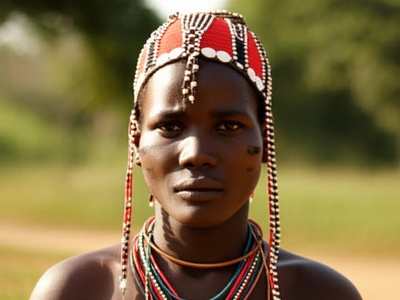
Gbaya-Bozoum
A major dialect of the Gbaya language complex, crucial for the cultural identity of people in the northwest region around the city of Bozoum.
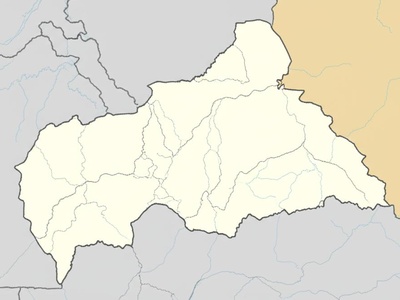
Mbum
A language of western CAR, connecting its speakers to the broader Mbum cultural area that extends into neighboring Cameroon.
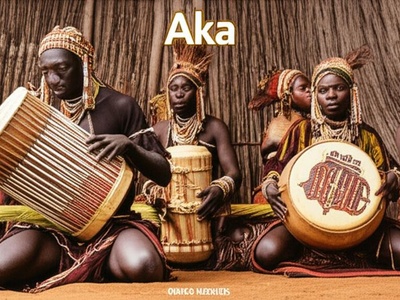
Aka
Famous for its intricate polyphonic music, which is recognized by UNESCO as a Masterpiece of the Oral and Intangible Heritage of Humanity.
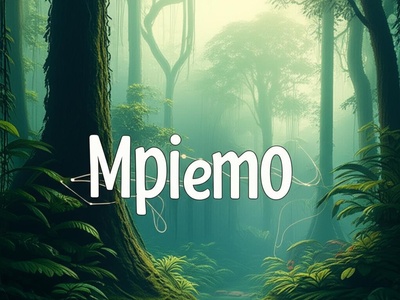
Mpiemo
A language of the southwestern rainforests, integral to the culture and daily life of communities living near the Congo and Cameroon borders.
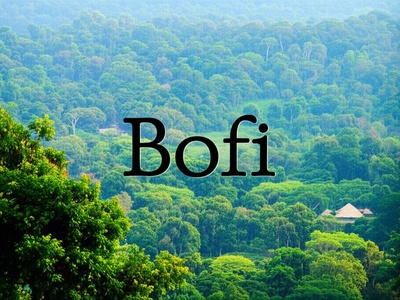
Bofi
A Gbaya language spoken in the forested southwest, important for the cultural identity of the Bofi people who live a semi-traditional lifestyle.

Kako
Spoken in the western borderlands, this language is part of the Bantu heritage of the forest regions shared with Cameroon.

Gula
Spoken in the far northeast around Birao, this language reflects the region’s historical ties to ancient sultanates in Chad and Sudan.
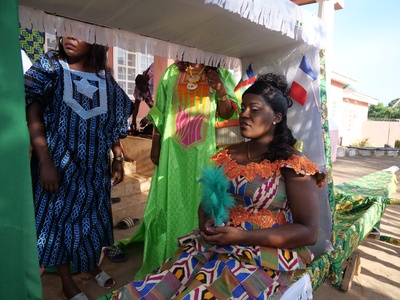
Yakoma
Closely related to Sango’s parent language, Ngbandi, Yakoma is spoken along the Ubangi River and holds a strong historical connection to river trade.

Yulu
A language of northeastern CAR, historically spoken by a group known for their skilled ironworking and resistance against 19th-century slave raids.

Kara
A language of the far northern Sahelian region, spoken near the borders with Sudan and Chad, reflecting the area’s diverse cultural crossroads.

